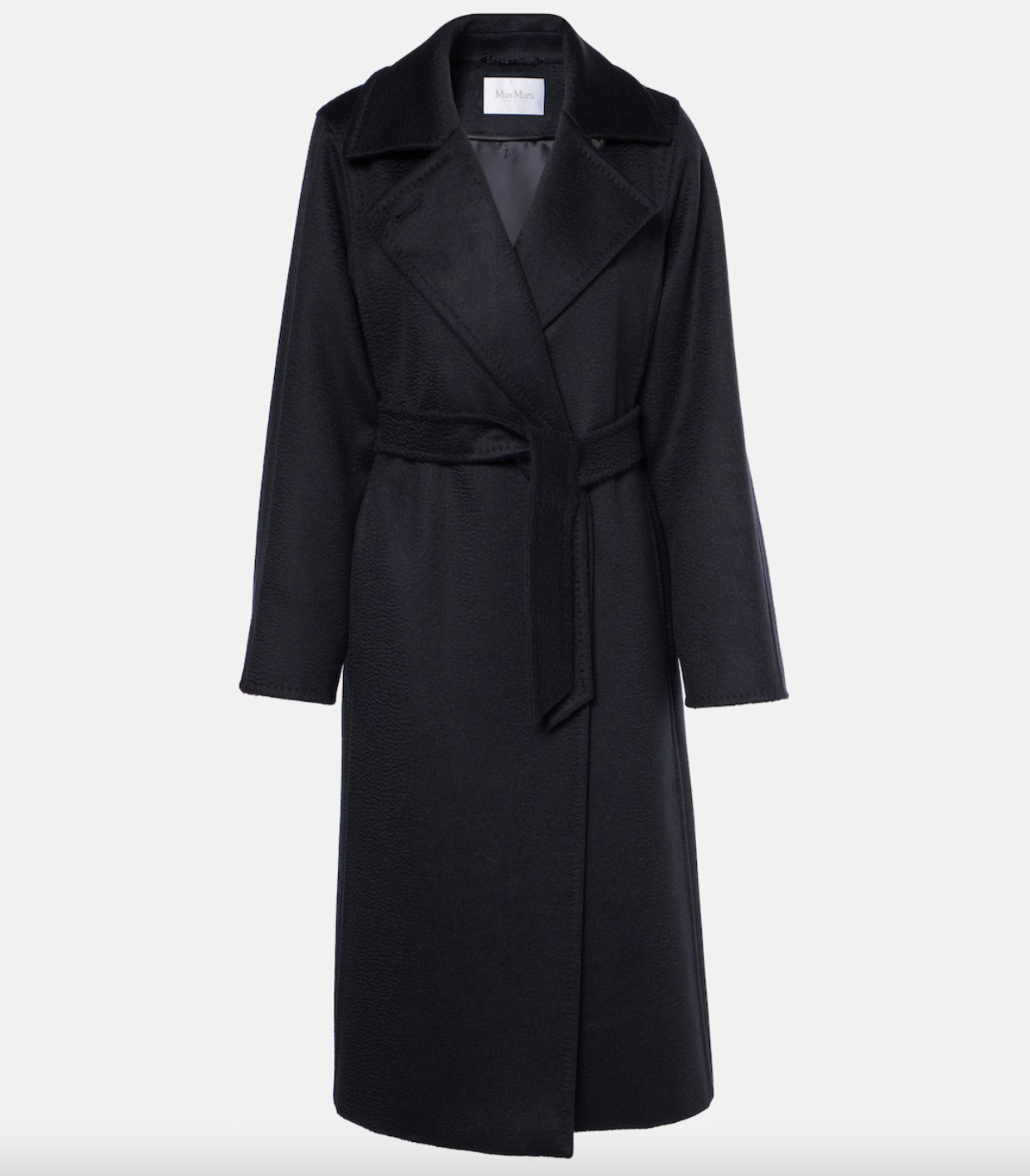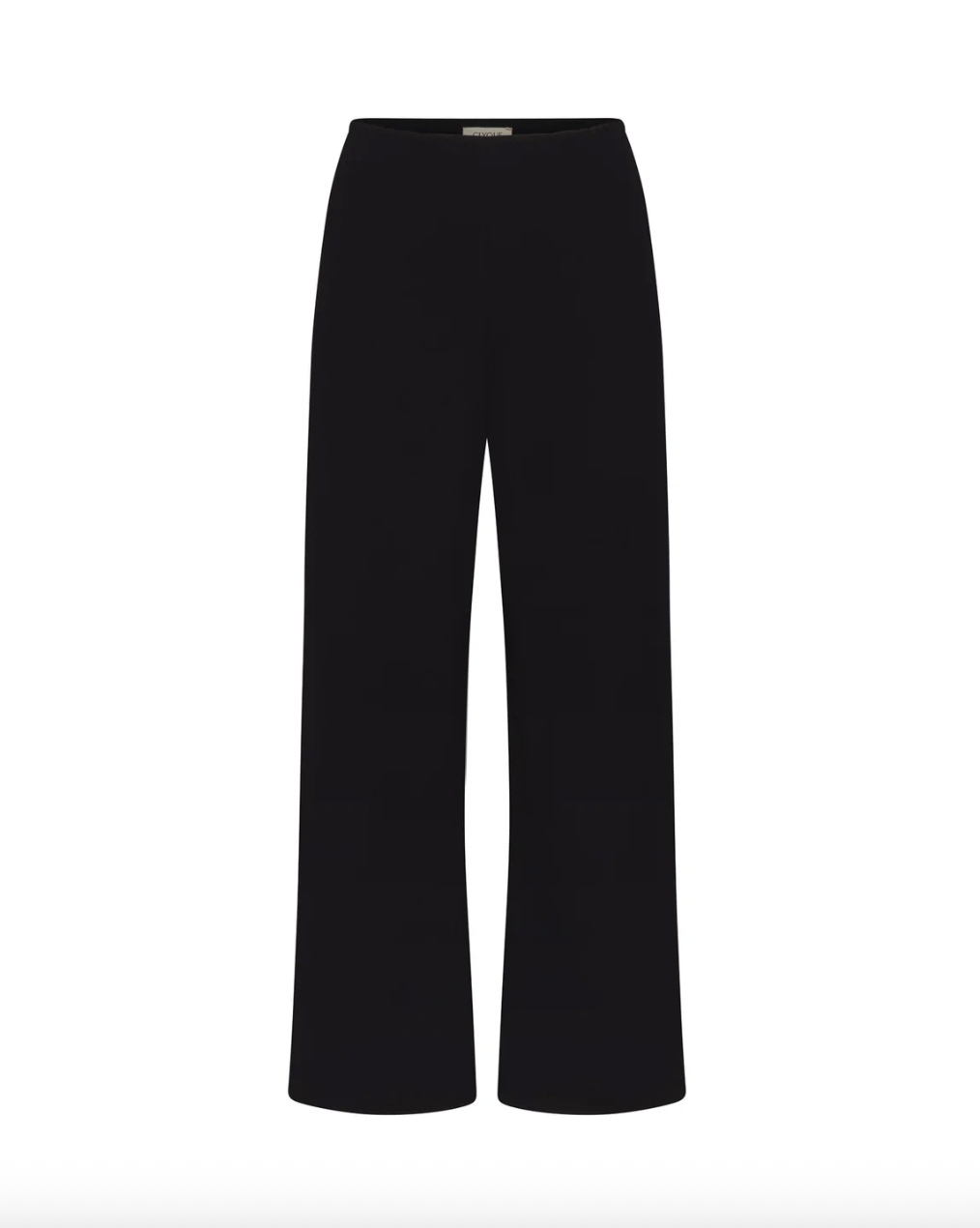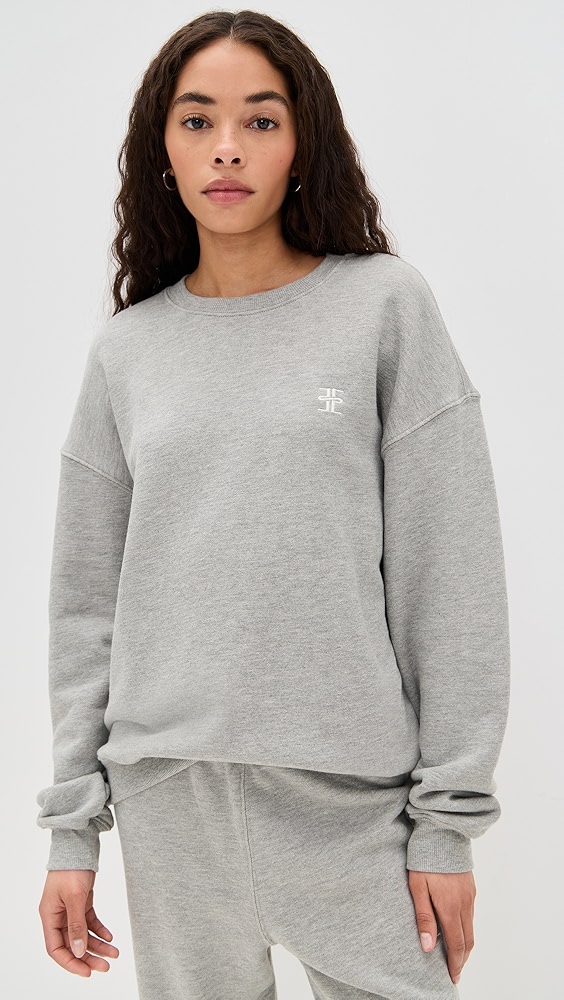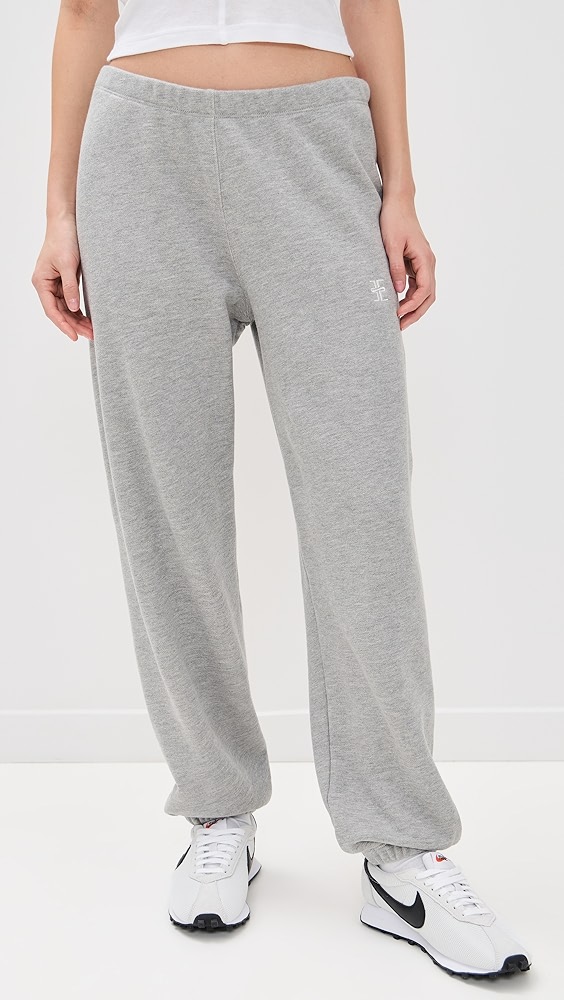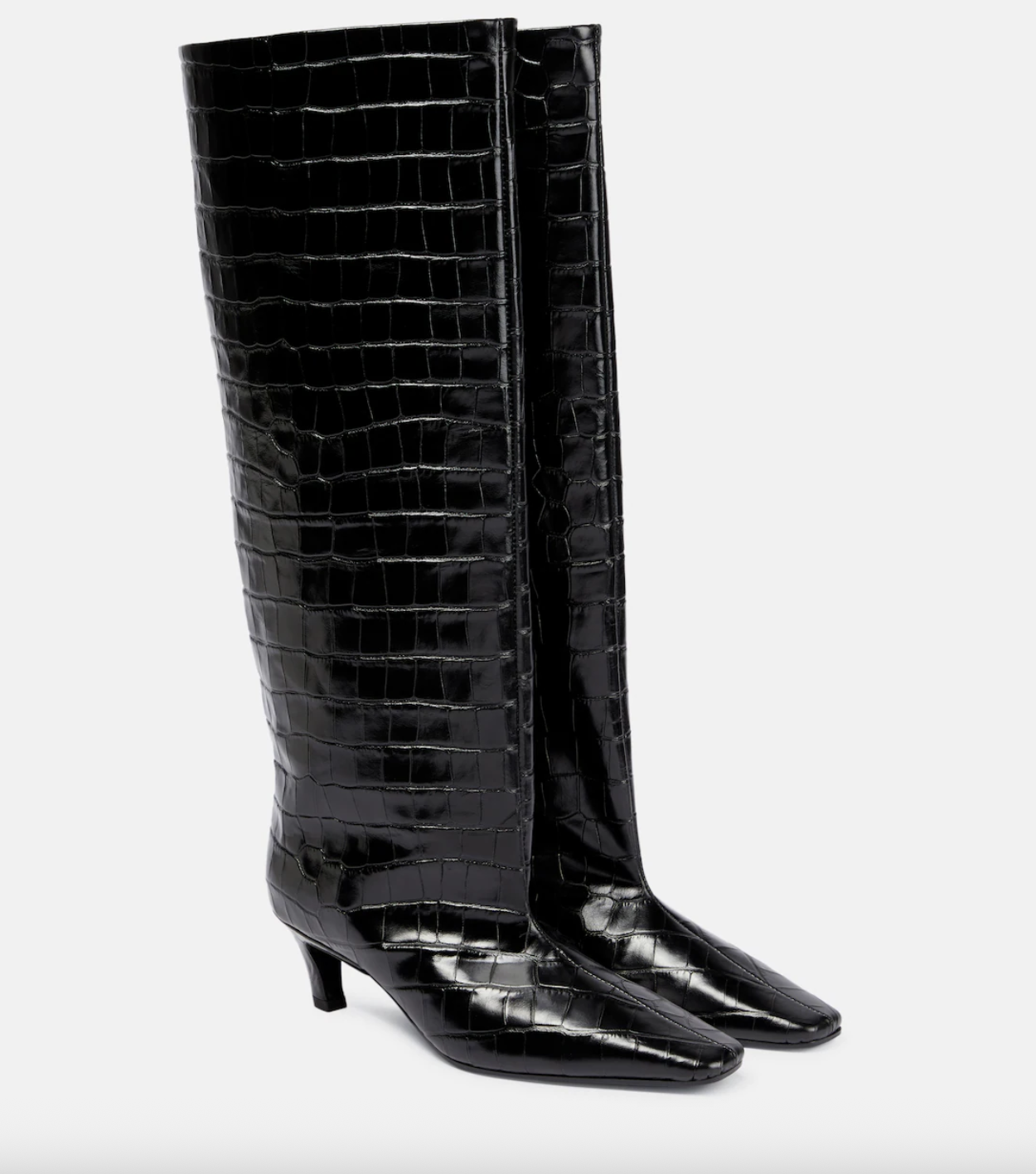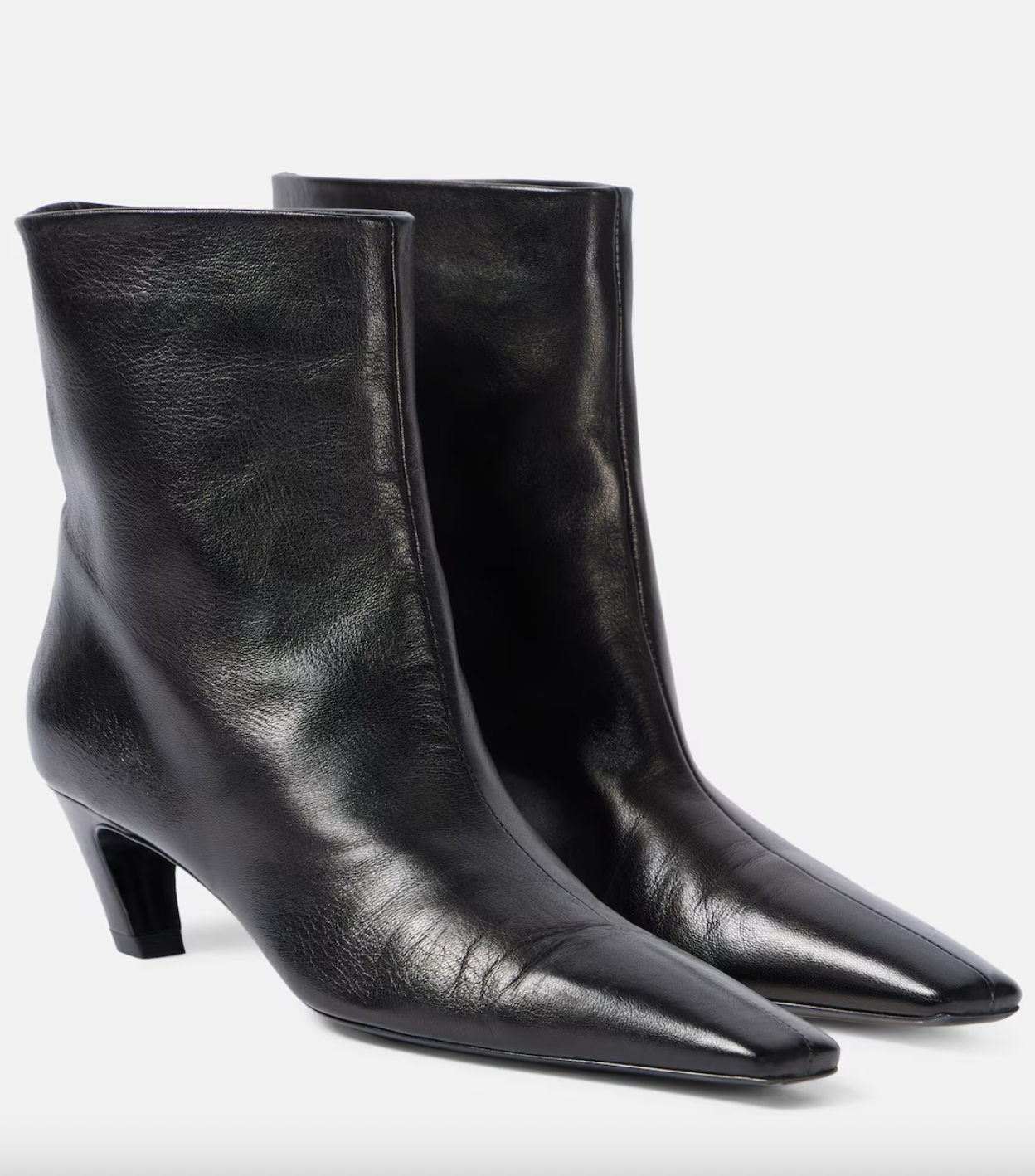I'm an Angel Investor—These Wardrobe Essentials Have the Highest ROI
Build a closet that works as hard as you do.
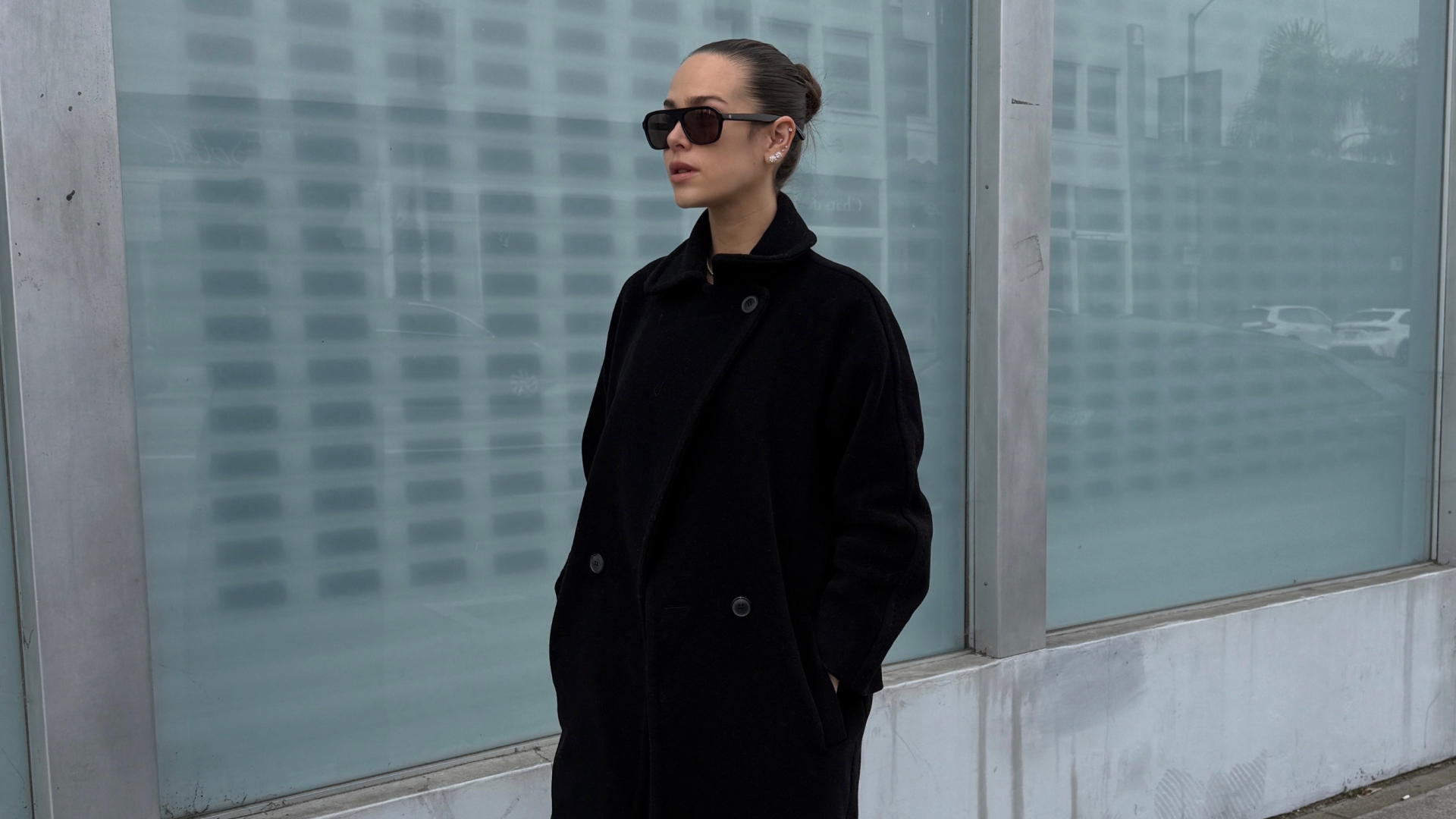

As an investor, I obsess over utilization rates and payback periods. Every dollar deployed needs to work hard, generate returns, and prove its worth in the portfolio. Why not apply the same rigor to curating my closet?
Enter my cost-per-wear (CPW) analysis: What I like to call the most honest metric in fashion finance. The formula is deceptively simple: purchase price divided by number of wears. What makes CPW revelatory isn't the math, it's that it forces you to confront utilization. A $3,000 winter coat worn 30 times performs better than a $200 dress worn once. Pieces with high projected CPW should either require extraordinary justification, or shouldn't clear the buy threshold, period. I’m about to drop the three essentials with the best CPW in my closet and one piece with the worst, so you don’t make the same mistakes I did!
The Blue Chip: Max Mara Coat

My black Max Mara coat is essentially the Berkshire Hathaway of my wardrobe. Cost basis: $3,000. Acquisition date: 2022. Wears: 10+ times each fall and winter for three seasons and counting, so minimum 30 wears. Current CPW: <$100.
This is a textbook blue chip asset—high initial outlay, predictable performance, declining cost basis over time. The investment thesis is straightforward: classic silhouette (nothing too trendy); versatile across occasions (work, dinners, coffee runs); and quality that ensures longevity. It’s a staple I reach for time and again, so there’s only one way for this CPW to go, and it’s down.
The Venture Capital Plays: Clyque Tommy Pants & Éterne Sweatsuit
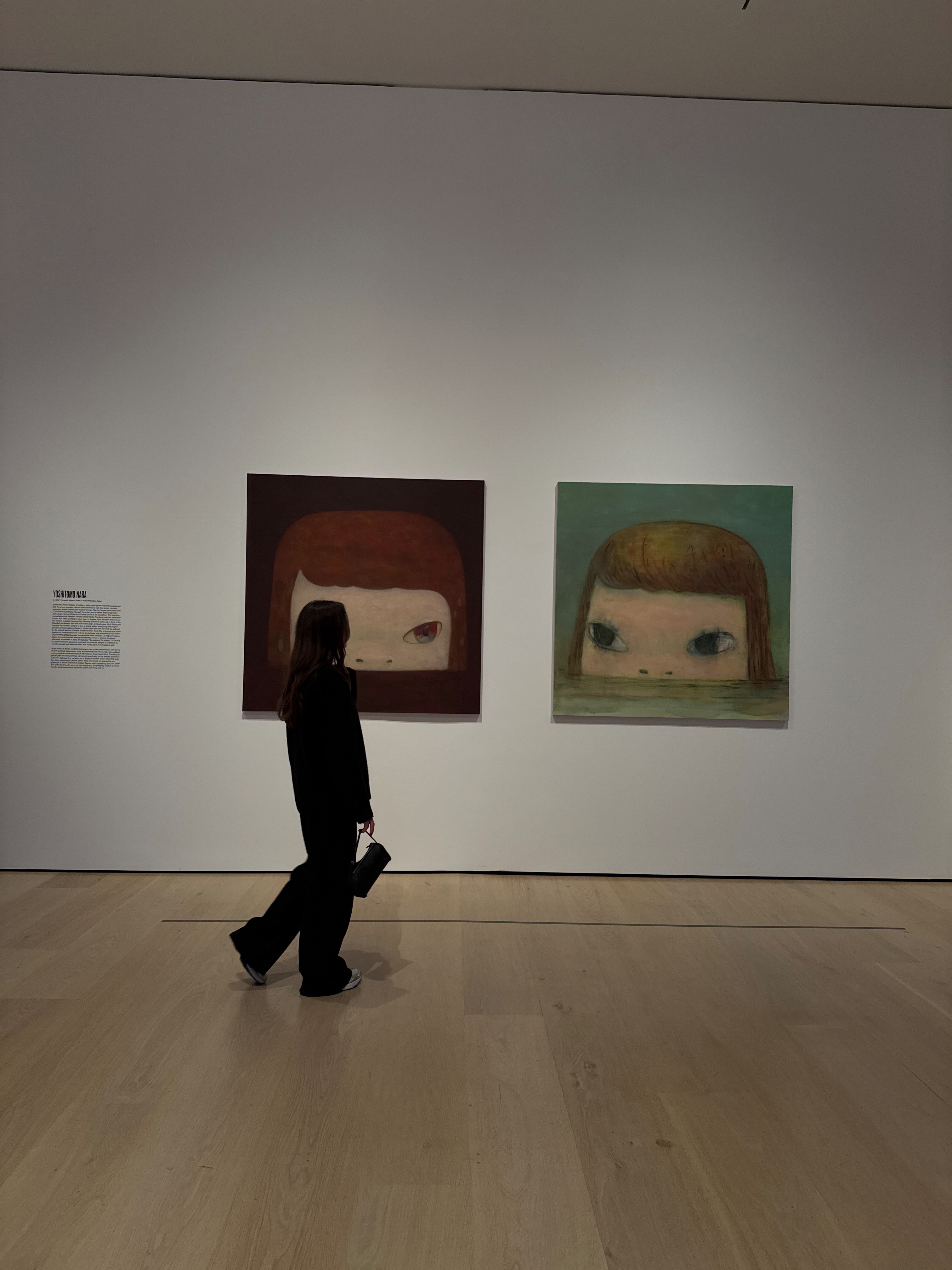
My Clyque Tommy pants ($188, purchased November 2024, worn weekly) sit at only $3.62 per wear (!!) and the $465 Éterne heather gray sweatsuit I splurged on three months ago is already clocking in at approximately $19.38 per wear after consistent rotation.
Both buys demonstrate product-market fit. They solve for true gaps in my wardrobe: chic pull-on pants that I can just as easily wear to an event or snuggle up in at the movies, and elevated loungewear that makes me feel put-together carting kids around through the weekend. The payback period is short, utilization is high, and projected CPW is looking 10/10.
The Value Trap: Hermès Boots
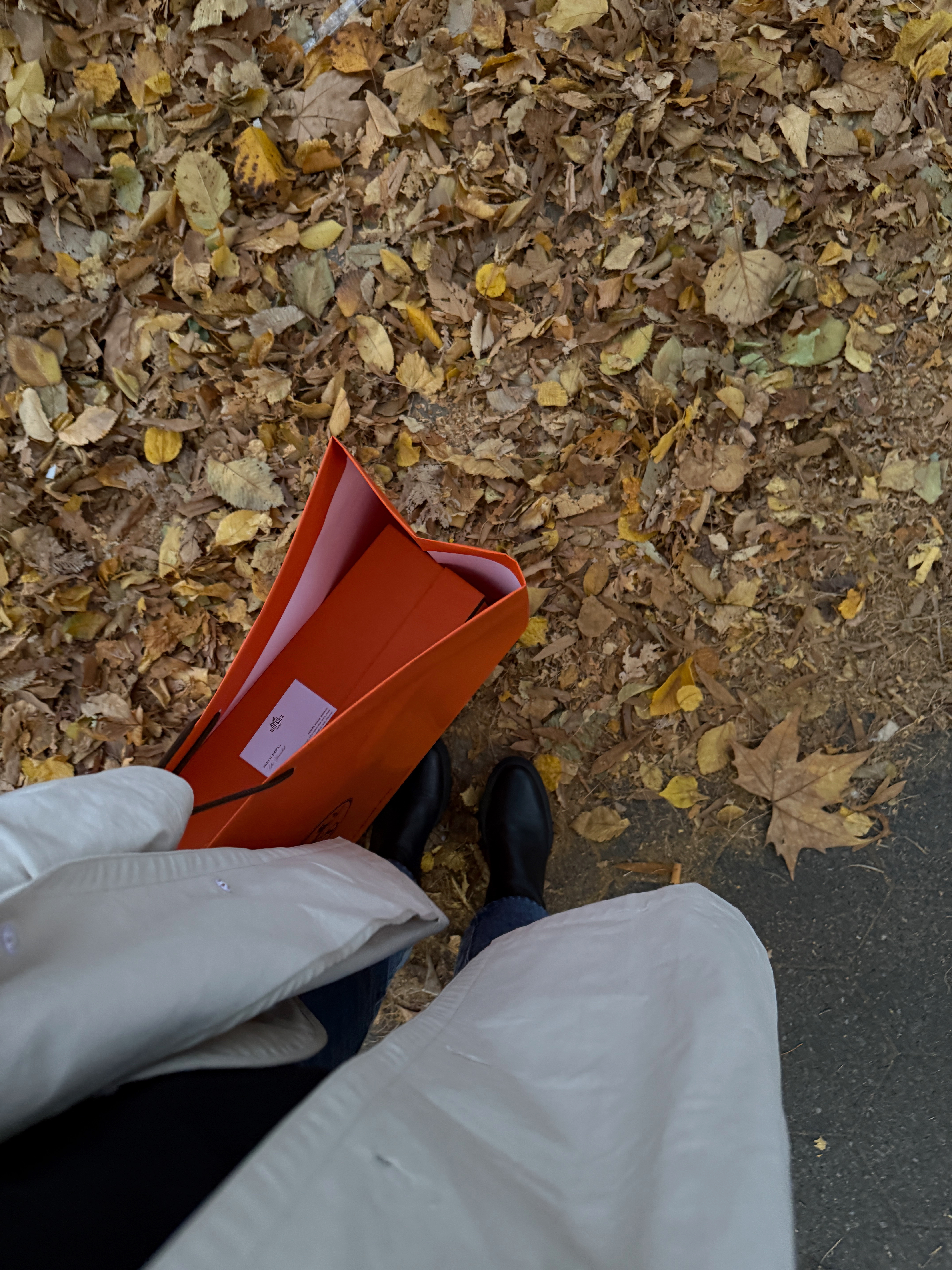
Then there are my dream boots: the Hermès Box Kelly Jumping Boots. When I tell you how badly I wanted these boots…I lusted after them for years. Total wears since purchasing them from the Madison Avenue flagship for $3,175: two. Current CPW: $1,587.50.
This is what happens when aspiration overrides analysis. In theory, I needed them. In practice, they're overbuilt for my lifestyle: too formal for the office and the wrong silhouette for girls’ night out. (Let’s be honest, we want a heel.) Objectively, my investment thesis was emotionally driven rather than data-driven, a classic mistake in any asset class. Here are a few styles I should have bought instead.
So here’s the framework: Before your next purchase, run the diligence. What's the realistic annual utilization? Does it solve an existing portfolio gap or create redundancy? What's your target CPW threshold at 12 months?
And, voilà. Optimizing my cost basis against actual wear is how I build a closet (ahem, portfolio) that works as hard as I do. Happy investing!
Get exclusive access to fashion and beauty trends, hot-off-the-press celebrity news, and more.
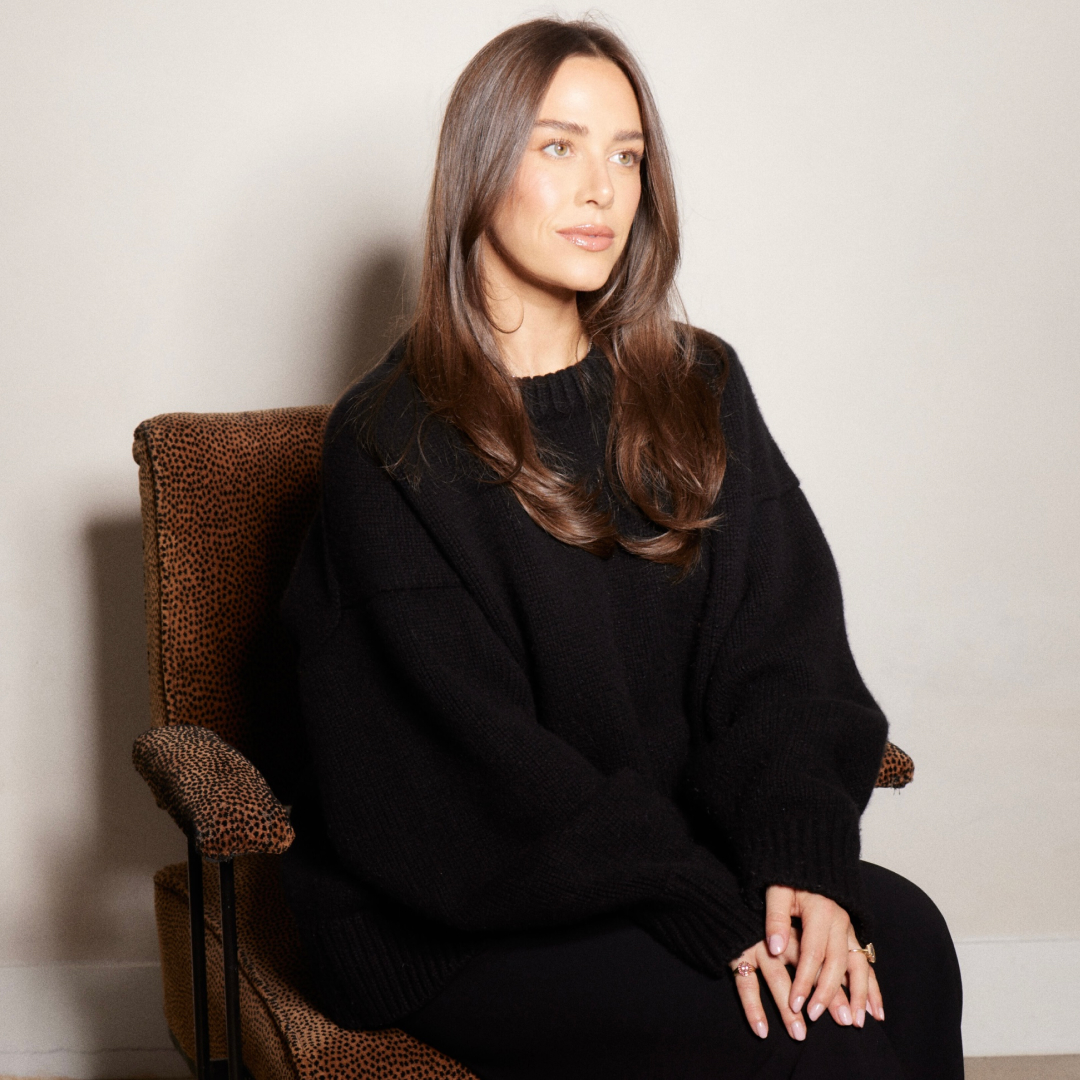
Kira Mackenzie Jackson is a Chief Brand Officer and sought-after angel investor and advisor. She’s been featured in Business of Fashion, Glossy, Forbes, and more, and pens the industry Substack Material Interest.


